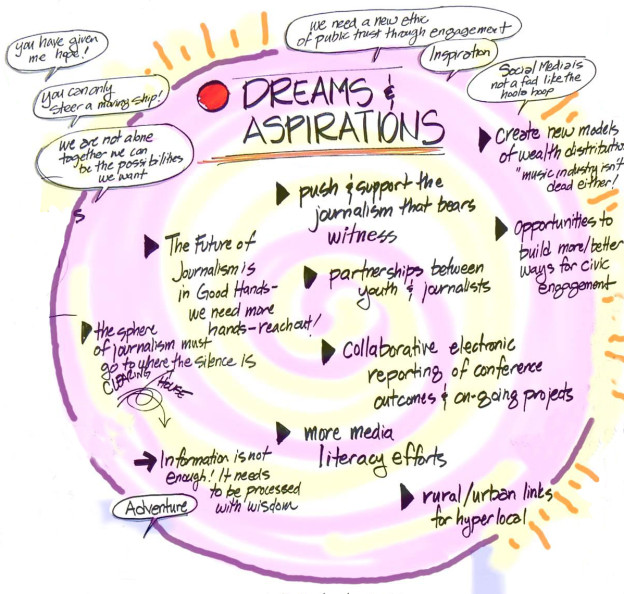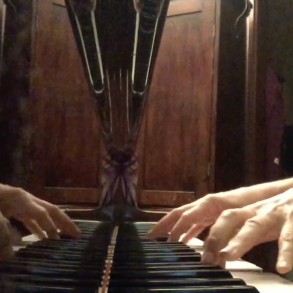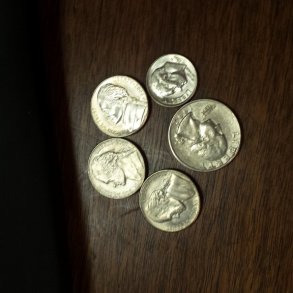Journalism can help us envision and move towards a world that works for all.
Journalists have a unique role as storytellers, influencing the cultural narrative that weaves society together. Through my work in organizations, I know that when the stories people tell about the organization change, so does the culture. The same holds true on the scale of a society.
 Possibility-oriented stories generate new options. Research on the relationship between positive image and positive action by David Cooperrider, Case Western Reserve University professor of Social Entrepreneurship shows that we create what we can imagine. Uncovering possibilities feeds our imagination, which is key to journalism that informs and also engages, inspires, and activates.
Possibility-oriented stories generate new options. Research on the relationship between positive image and positive action by David Cooperrider, Case Western Reserve University professor of Social Entrepreneurship shows that we create what we can imagine. Uncovering possibilities feeds our imagination, which is key to journalism that informs and also engages, inspires, and activates.
Though much of our current narrative is filled with stories that increase polarization, journalism educators and professional journalists are re-thinking dualistic — us versus them — models of storytelling. Even investigative journalism, with its gotcha reputation, is increasingly including solutions. InvestigateWest, a nonprofit investigative news organization born when the Seattle Post-Intelligencer closed, includes solutions as part of its approach. Their groundbreaking story on the hazards of chemotherapy exposure for health care workers resulted in passing two laws improving worker safety in Washington state. According to Rita Hibbard, executive director at the time, what made the difference were the possible solutions in the story.
This story demonstrates that even when the situation seems dire, other storylines are possible. In fact, conflict and struggle placed in a larger context become challenges to overcome rather than reasons to despair. They spark creativity and innovation.
Possibility-oriented storytelling brings journalism into the heart of community life, and supports a vibrant democracy. J-Lab executive director, Jan Schaffer, highlighted several examples in a Nieman Journalism Lab article. Journalism That Matters gave the idea a practical twist by building on the traditional journalistic questions of who, what, when, where, why, and how, suggesting a sixth “w”: What’s possible now?
News organizations have emerged that are committed to a possibility-oriented perspective. YES! Magazine has been at it since 1996. Axiom News is of a similar age. Both are growing. What’s Good 206 involves youth in telling stories of compassion and success. David Bornstein’s weekly Fixes column in the New York Times explores solutions to major social problems. And Bornstein’s newly formed Solutions Journalism Network is committed to rigorous and compelling reporting about responses to social problems.
Tips for Telling Possibility-oriented Stories
I offer a few pointers gathered from those who have been at it for a while:
- Turn a problem into a possibility by asking: What might it look like if things were working?
- Ask questions to discover the best of what is, to imagine what’s possible, to uncover ideas, and to spark action.
- Cover what’s already happening to improve a situation.
- Provide “handles” for audience to learn more or to get involved, for example, pointing to resources and organizations.
- Report on new ways that are struggling to be born with the same attention and rigor as on what is dying.
- Tell stories that present alternatives to dominant beliefs about “how things are”.
- Turn victims into protagonists, for example, by following a story those affected make sense of their experience.
- Make the system visible. A vs. B stories miss the complexity of interactions involved. Making nuances that transcend sides visible can bring about unlikely partnerships.
- Invite audience to offer ideas about what they see as possible and what actions they will take to make it so.
Possibility-oriented storytelling feeds a cultural narrative that helps us to navigate uncertainty by focusing attention on creative ways forward. Another critical complement for equipping us to be free and self-governing rests in engaging the diversity of people who care about an issue. The next post sheds some light on engagement.
Republished with permission of the author.
Featured Image/graphic link added by Enlivening Edge Magazine.




